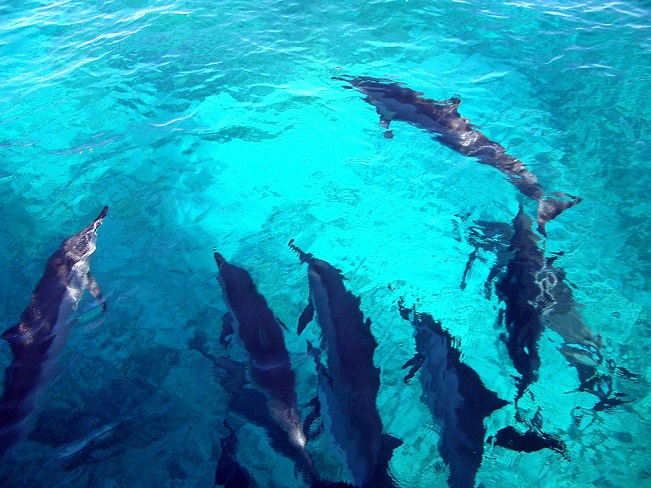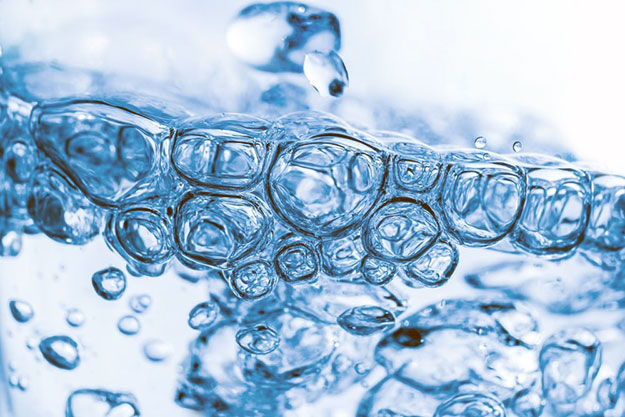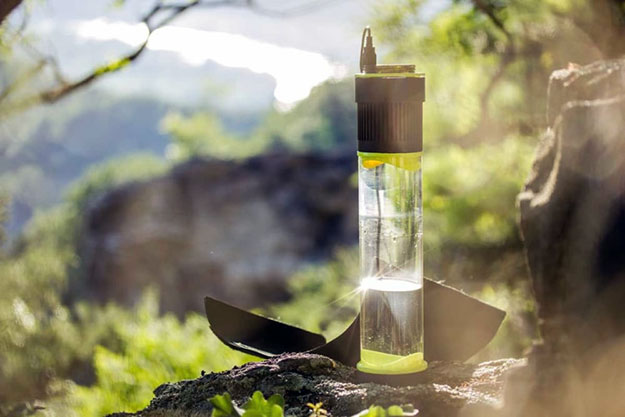Dolphins are widely considered as one of the smartest animals on this planet, and often leave lasting impressions on people with the clever tricks they perform in zoos or dolphinarium. They are friendly and social animals that have rescued humans from shark attacks and drowning. Like how dogs are “man’s best friend”, dolphins are our best friends from the sea.
 Dolphins are also known as “re-entrants”, which once lived on land. They behaved and looked similar to a small wolf, but with five hoofs-like toes on each foot instead of claws. Since then, they have evolved into amazing creatures that constantly amazes scientists with their incredible abilities. Here are 7 amazing facts about our buddies from the sea. Read more
Dolphins are also known as “re-entrants”, which once lived on land. They behaved and looked similar to a small wolf, but with five hoofs-like toes on each foot instead of claws. Since then, they have evolved into amazing creatures that constantly amazes scientists with their incredible abilities. Here are 7 amazing facts about our buddies from the sea. Read more











